
Ghost-towning
As soon as I heard of Nivloc, the strangely-named town, I went to my library, then Google to start my search. As soon as I saw pictures of the intact trestle, Nivloc moved to the top of my list of ghost towns to visit. It took over a year to reopen, and I could travel again. When I planned a Girl Ghost Town Trip to Tonopah, I had to decide which towns to put on my list. There was never any doubt in my mind Nivloc was a must-see.
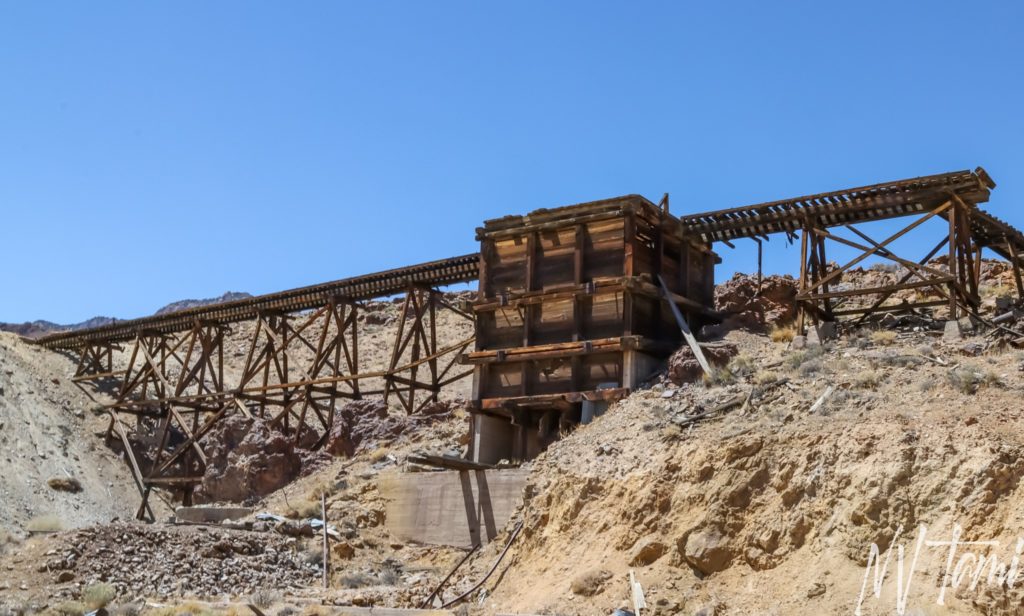
Silver Peak Mining District
Mining began on the eastern slope of Silver Peak Range in 1863. The following year the Red Peak Mining District was formed, and a 3-stamp mill was constructed to process the ore. The district was renamed Silver Peak Mining District in 1865. Production at the mines increased, requiring additional milling facilities; a 30-stamp mill was built in Silver Peak in 1867. The mill operated for several years, but by 1870, processing had become sporadic.

(Photo credit: Wikimapia)
Nivloc Mine
Pittsburgh Silver Peak Gold M. Company, owned by Mr. Colvin of Chicago, a millionaire broker, purchased multiple claims around Silver Peak in 1906. The following year Tom Risherman, a member of the Shoshone Tribe, discovered ore south of Silver Peak. Tom reversed the letters of Colvin’s name to create the town name of Nivloc. F. Vollmer of Silver Peak headed mining exploration and activities. Nivloc mine consisted of one 1299′ deep shaft that extended 24,000′ into the hillside.
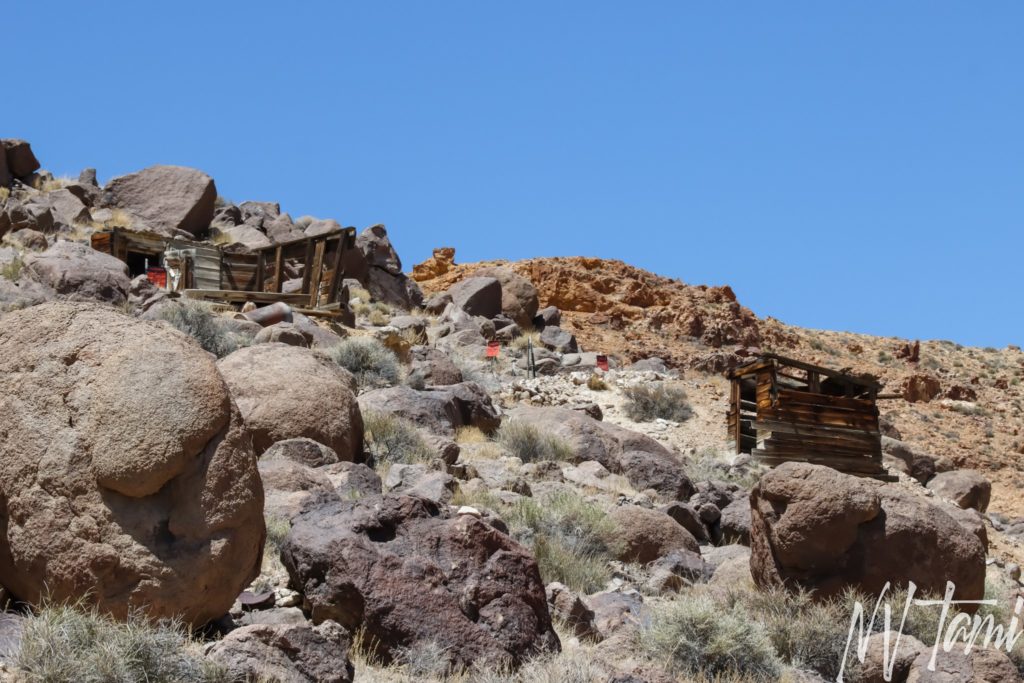
Stan Paher, the Godfather of Nevada ghost towns, describes the settlement as a “one-saloon camp.” The lack of multiple saloons says a lot, as in many mining camps, saloons almost outnumbered miners.
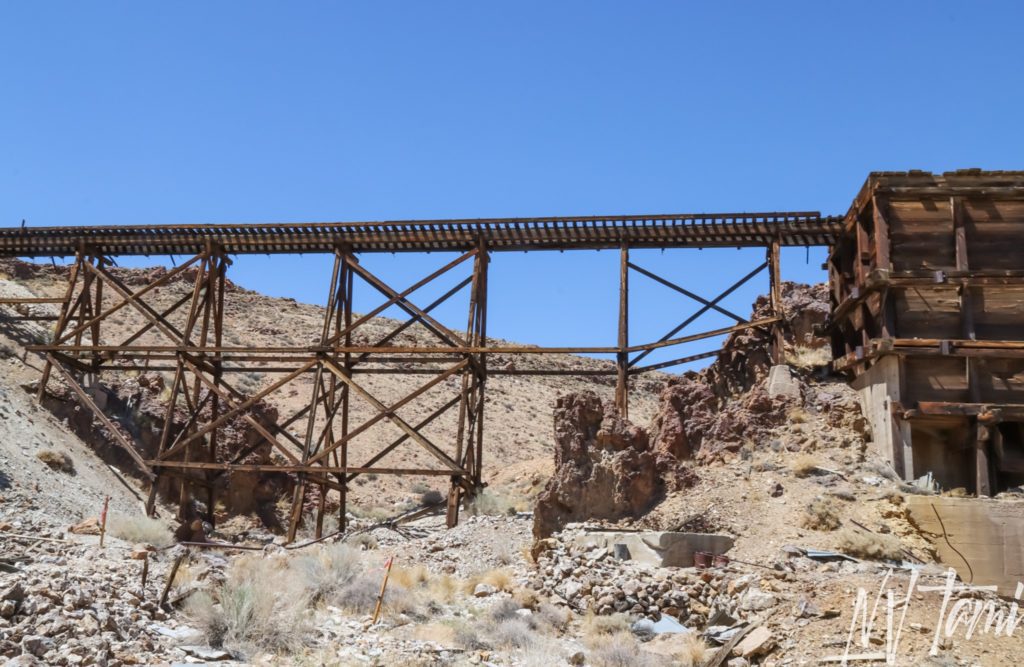
A 100-stamp cyanide mill was constructed at Blair, twenty-three miles north of Nivloc to process ore in the Silver Peak Mining District. The mill added 20 stamps, making the Blair mill the largest stamp mill and producer of low-grade ore in Nevada. In 1907, the company extended the Tonopah & Goldfield Rail Road rail lines 17.5 miles from Nivloc to Blair.
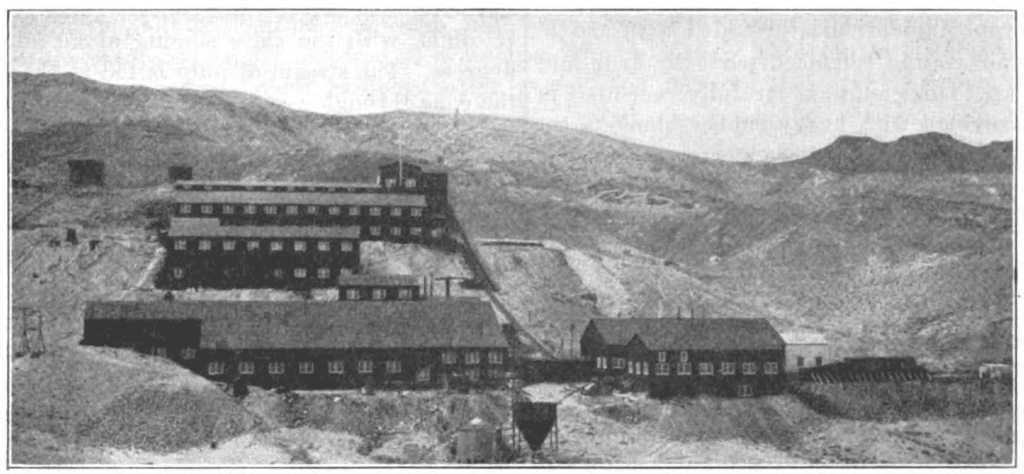
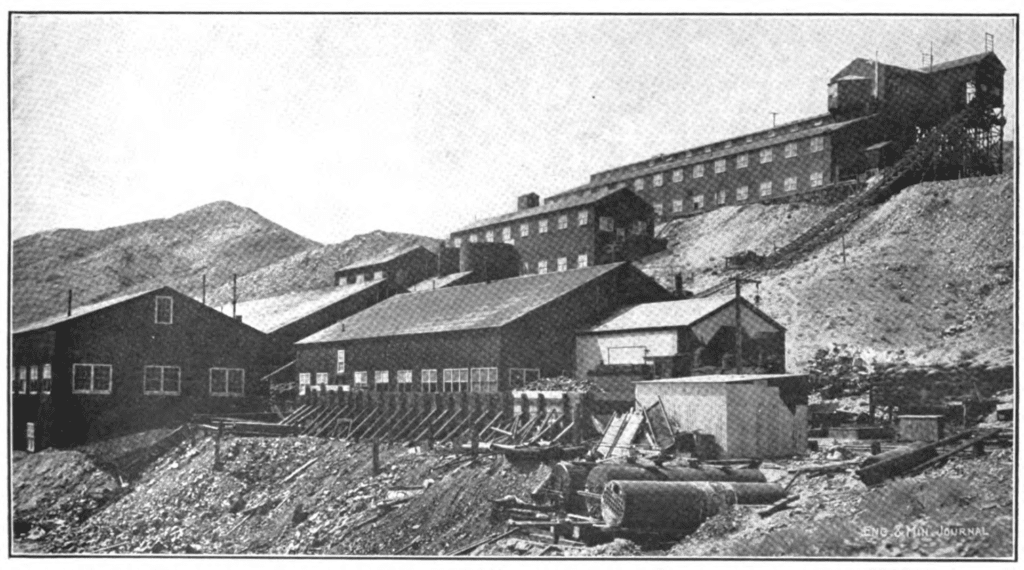
(Photo credit: Wikipedia)
As the value of gold decreased, the mine lay fallow between 1923 and 1937. When the price of gold increased, Colvin resumed operations and reopened thirteen mining claims. Between 1937 and 1943, workers extracted over $2 million of gold and silver from the mines. Nivloc was large enough to open a post office on October 11, 1940. During the focus on with war effort in WWII, mining decreased nationwide. The Nivloc post office closed on November 15, 1943, and service was transferred to Silver Peak. Following the war, Nivloc operated sporadically. The mine shaft caved in during the 1960s.
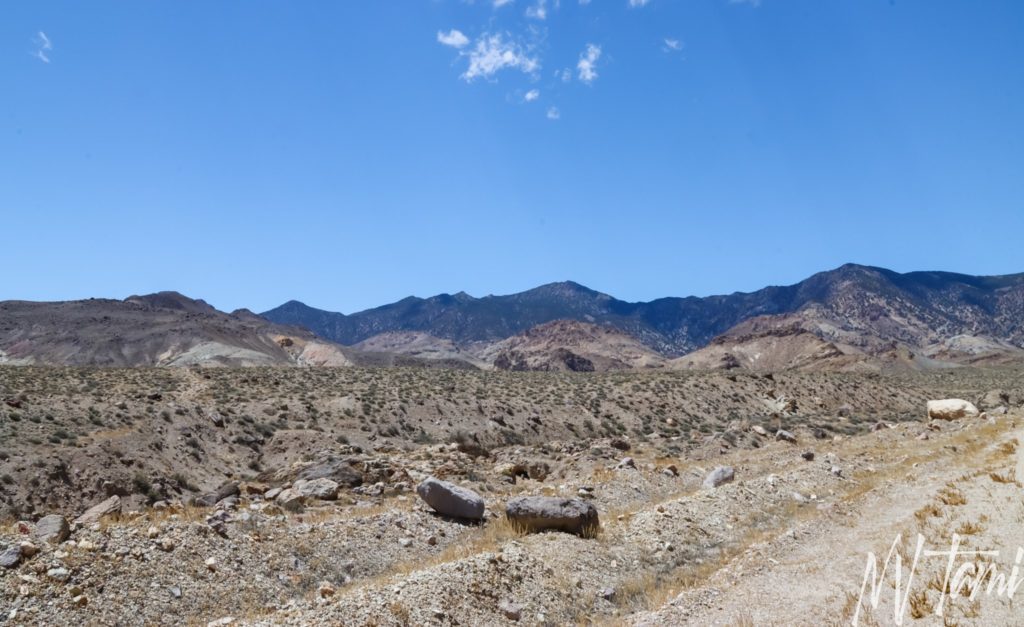
Nivloc has extensive remains to explore.
Manager’s Residence
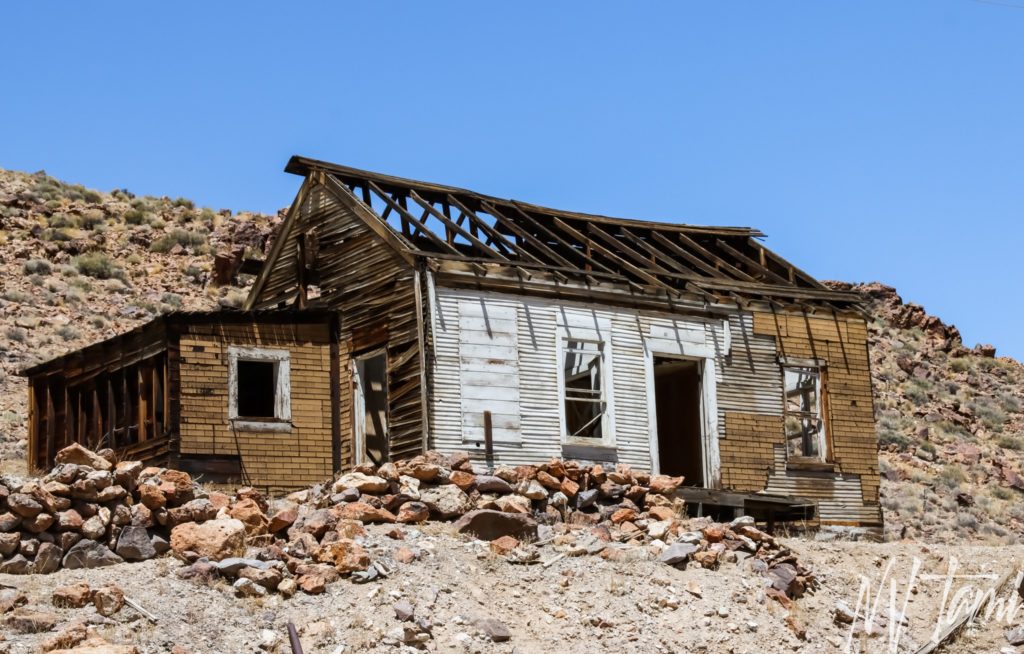
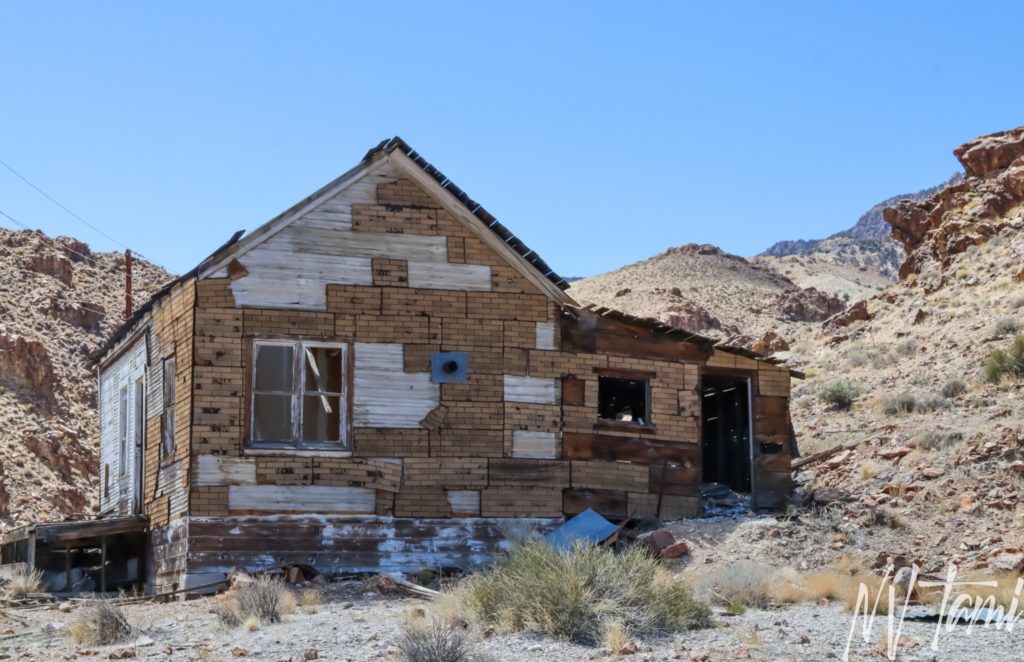
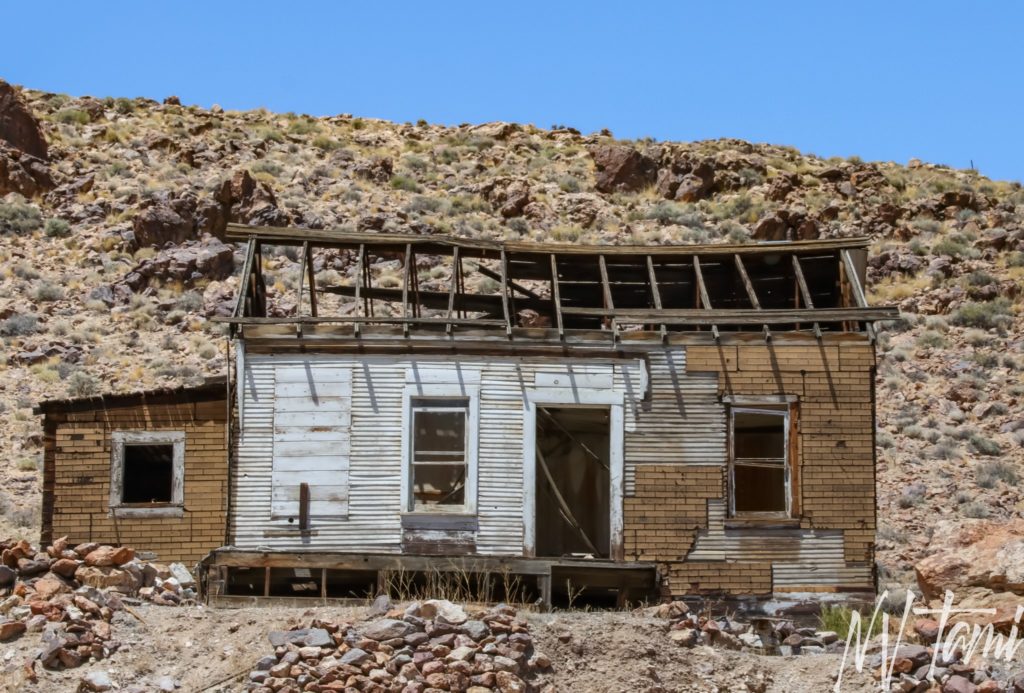
Mine Operations Buildings
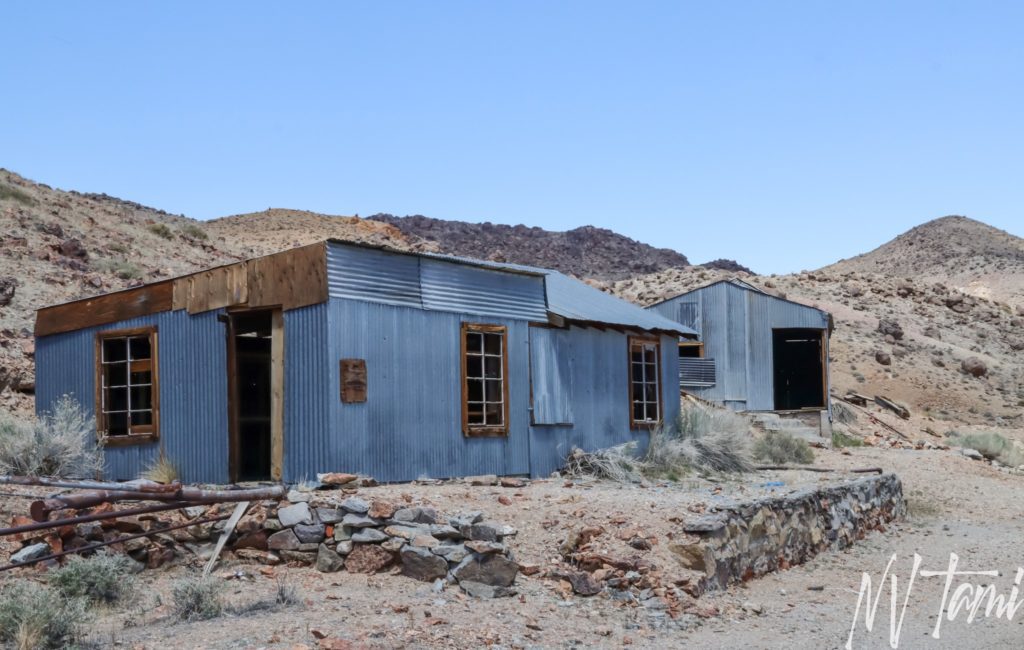
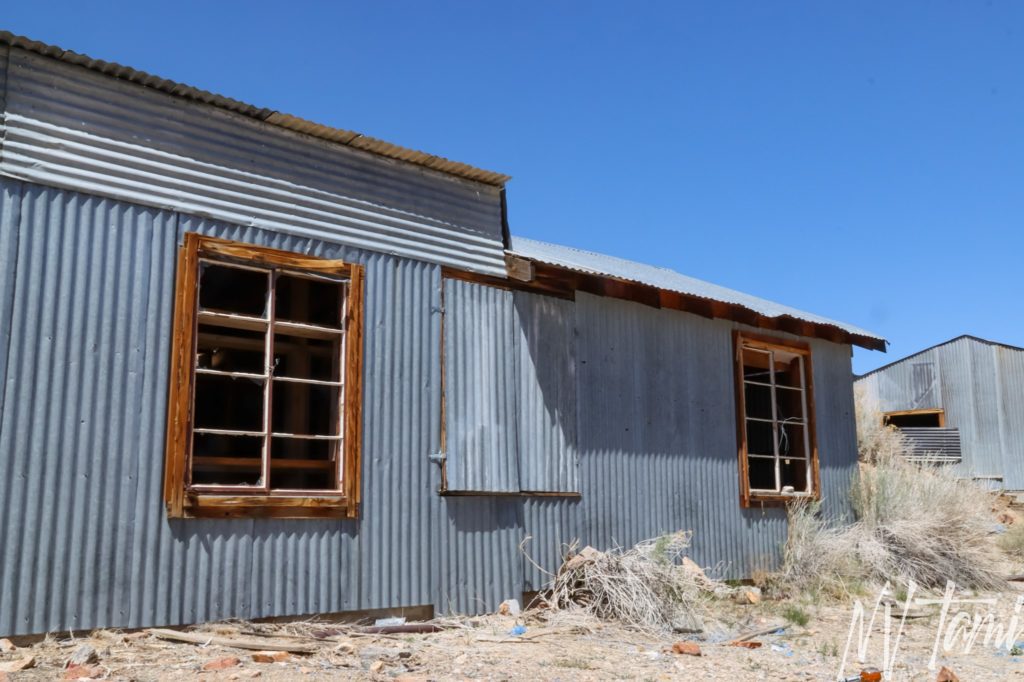
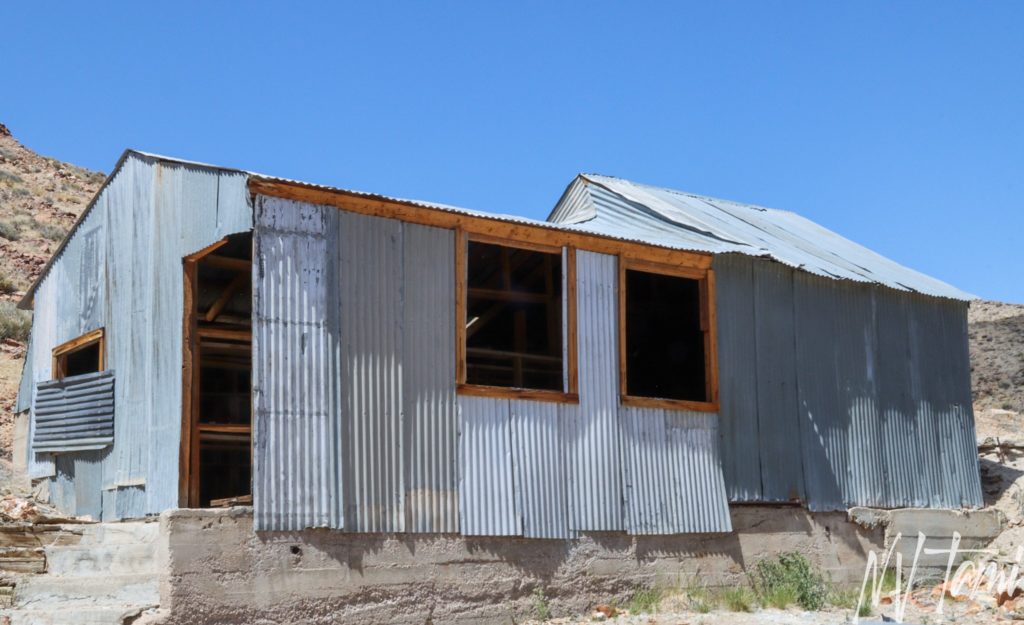
Headframe

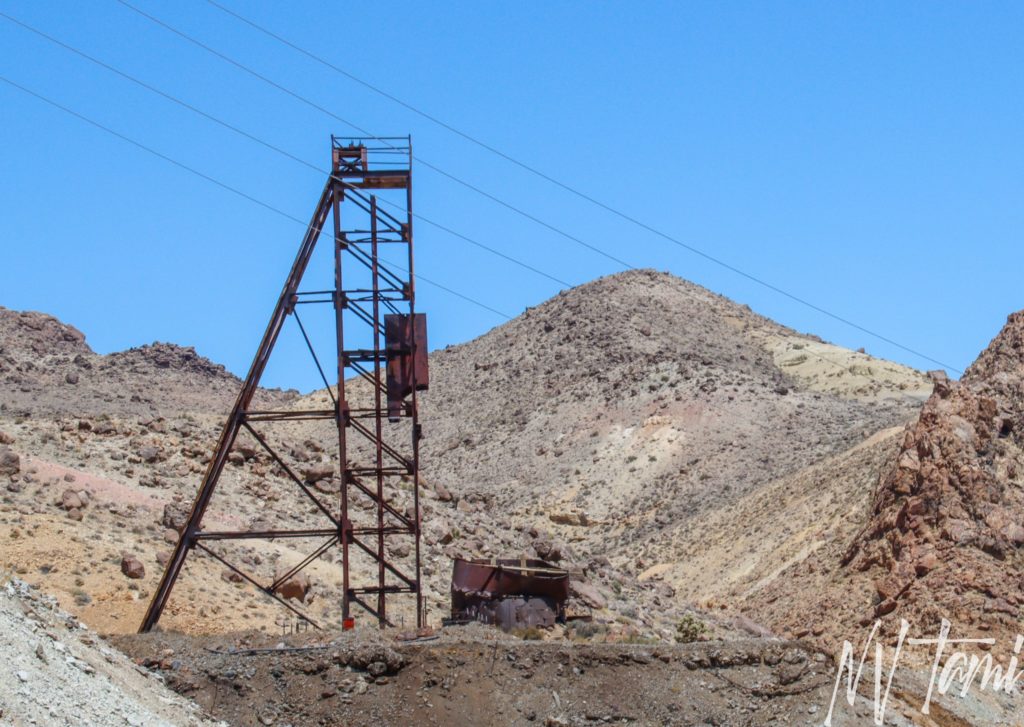
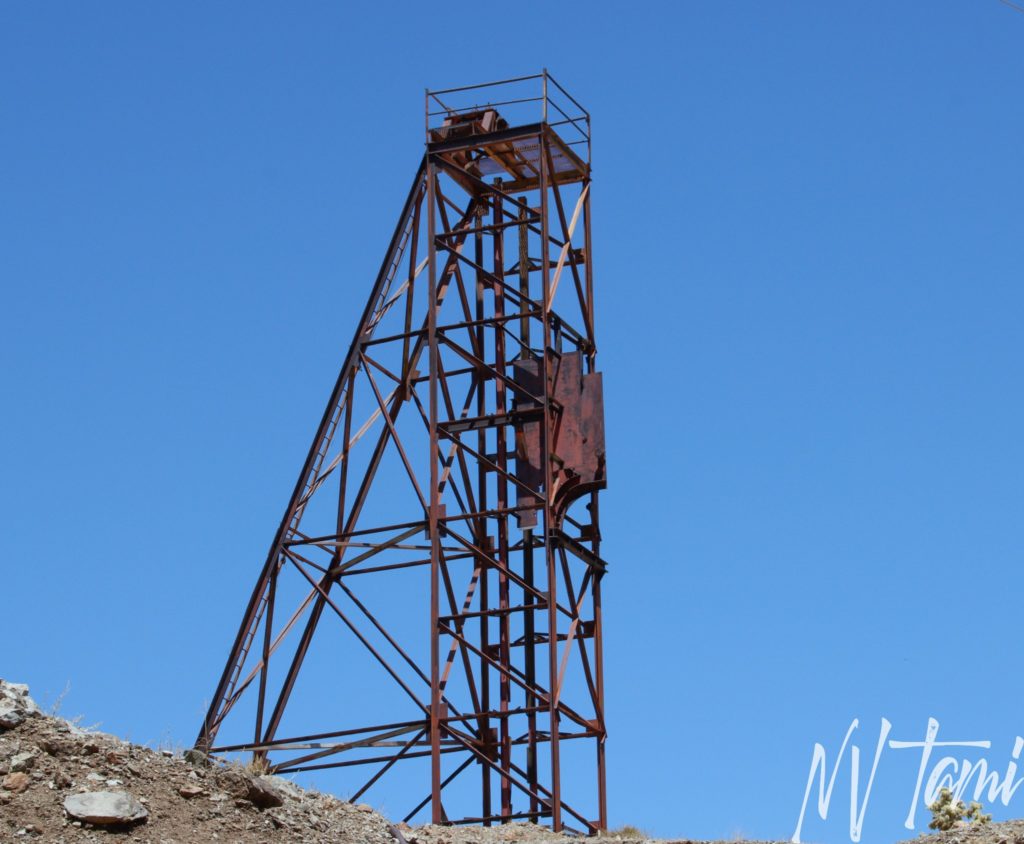
Nivloc House
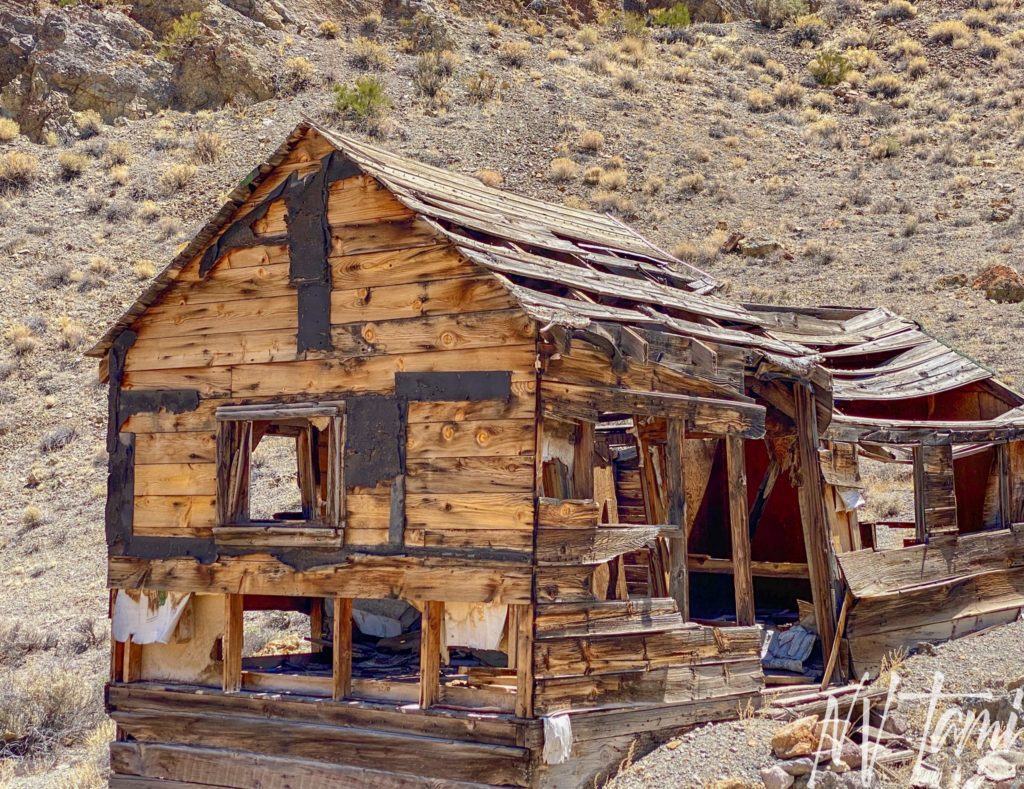
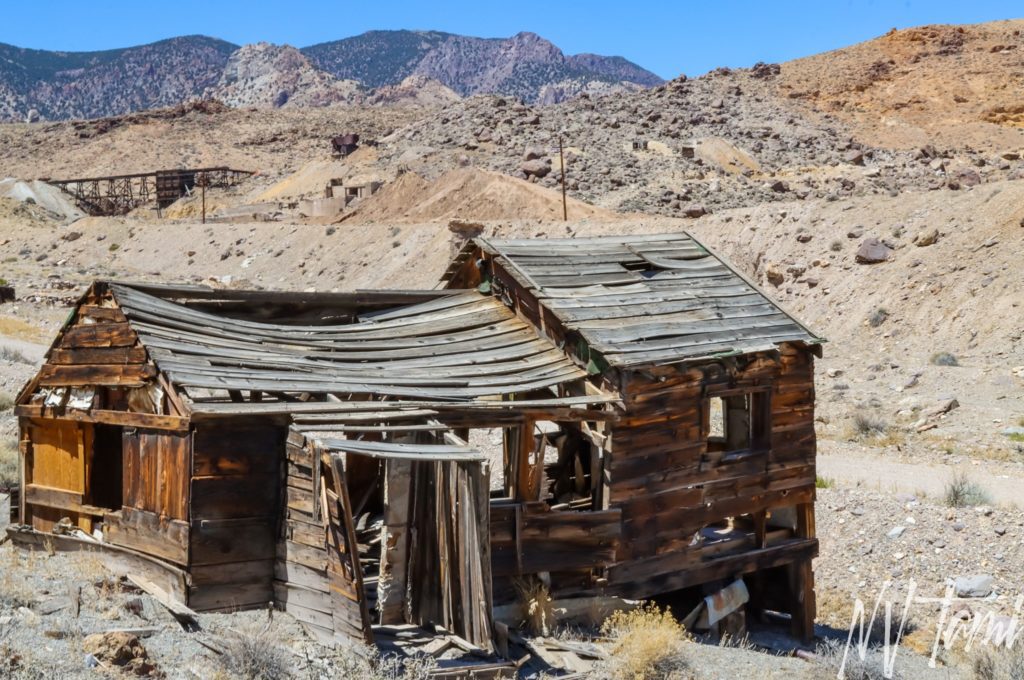
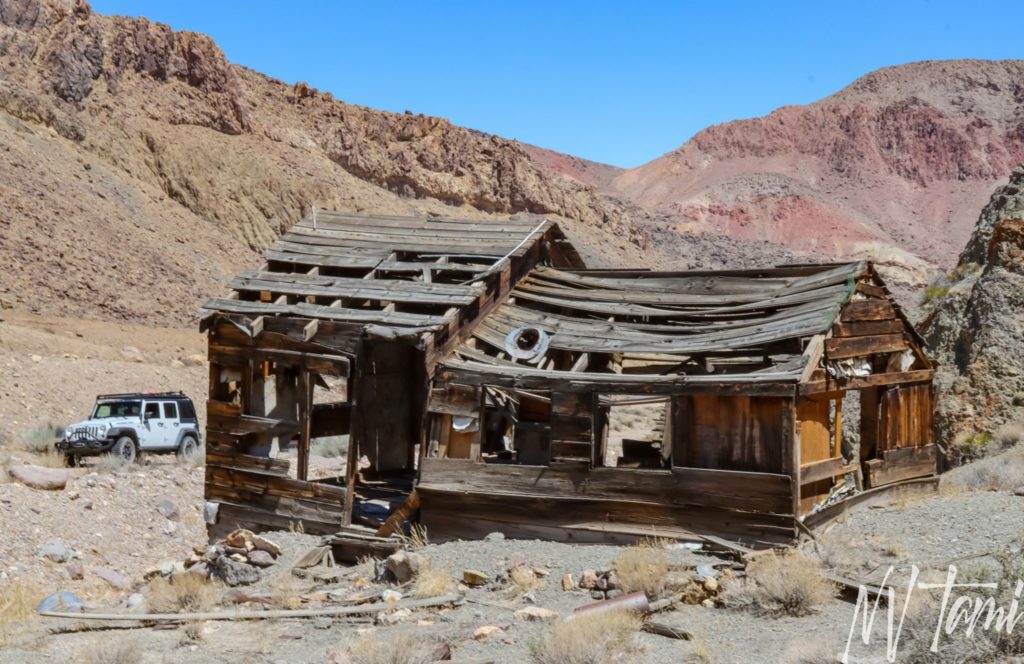
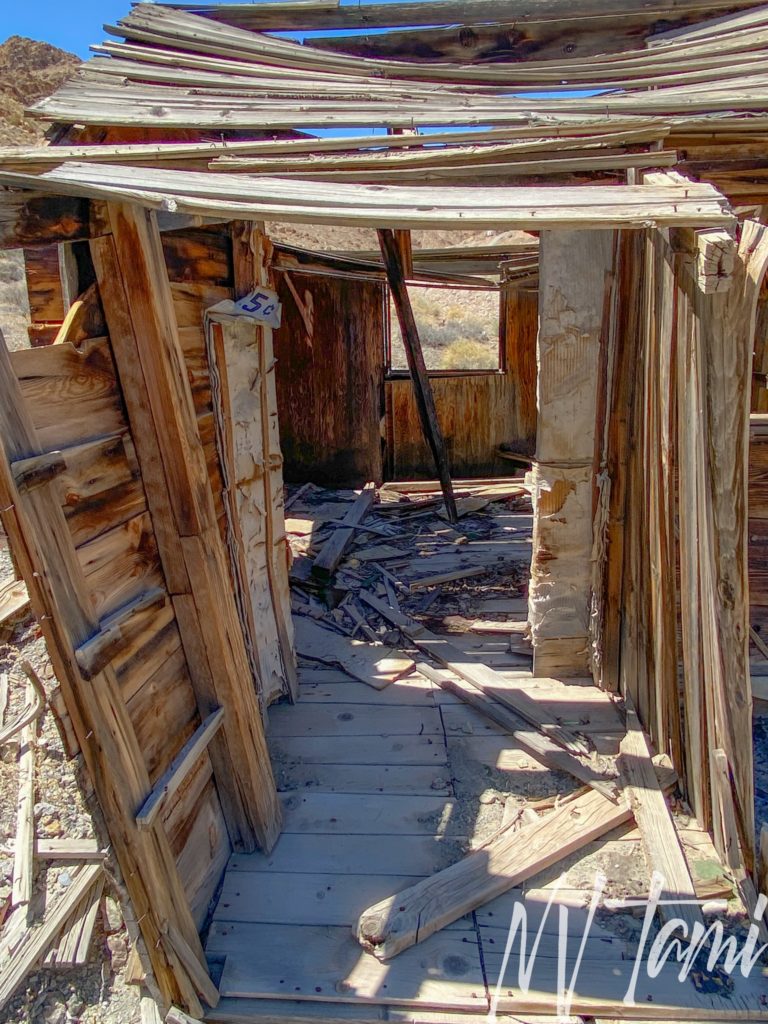
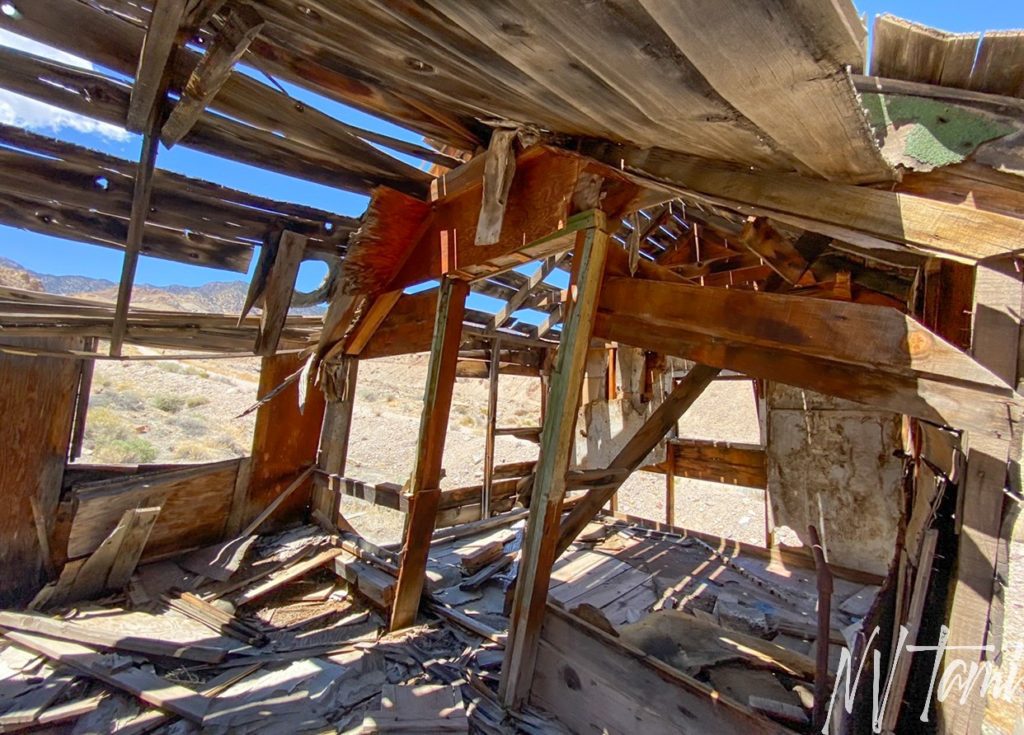
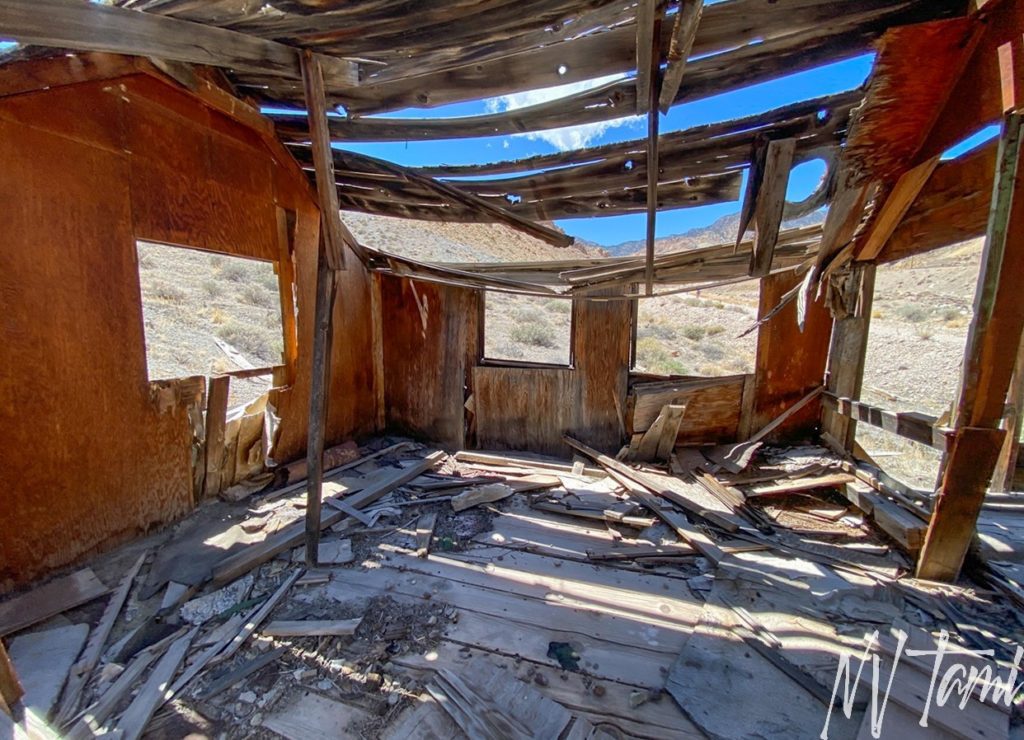

Nivloc Mill
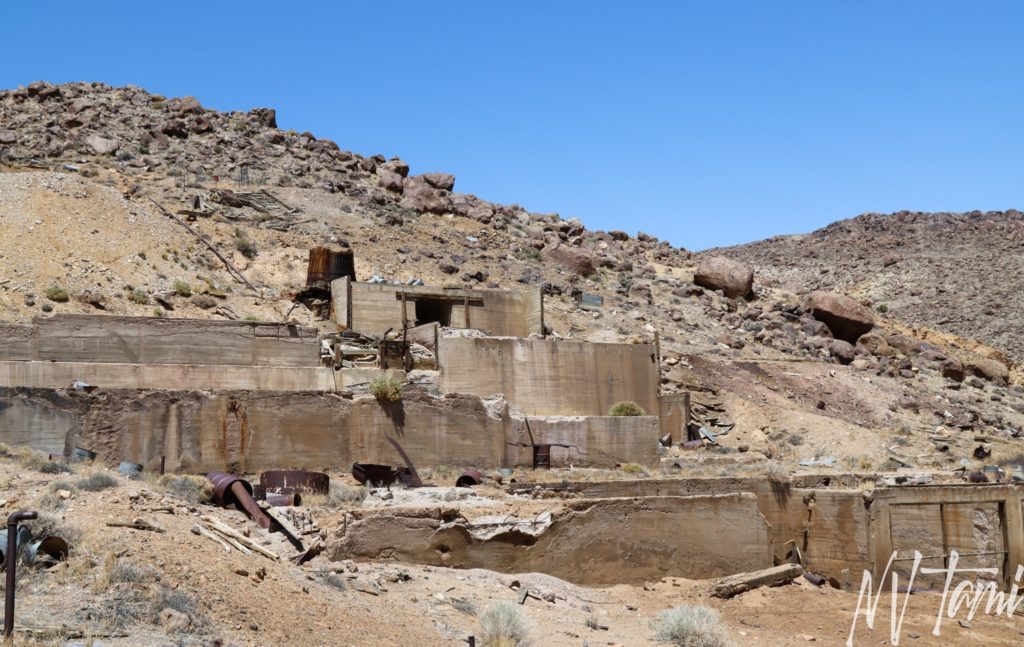
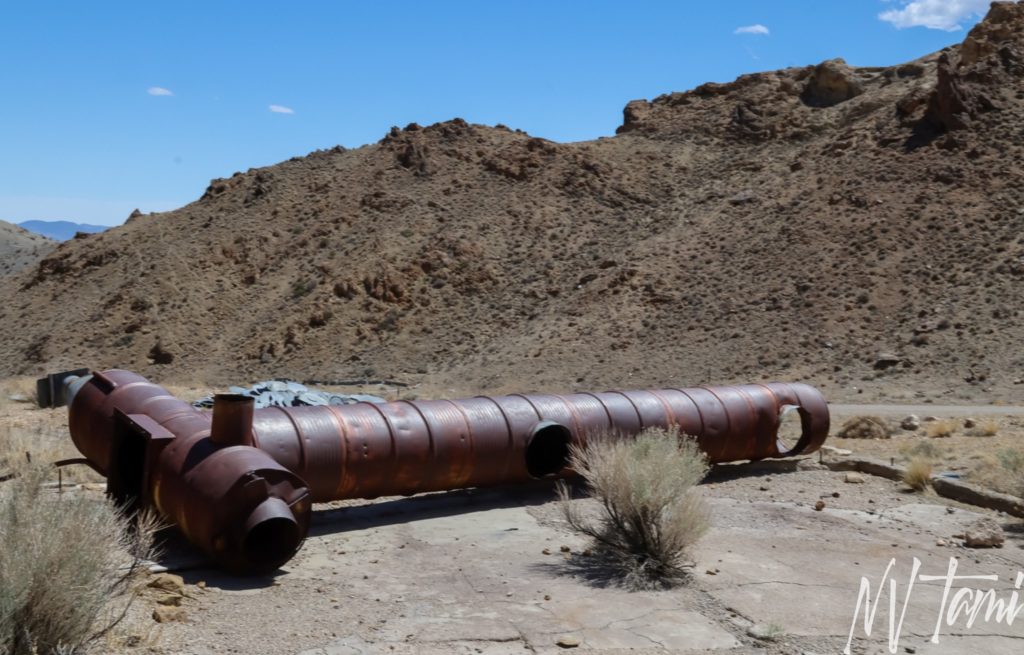
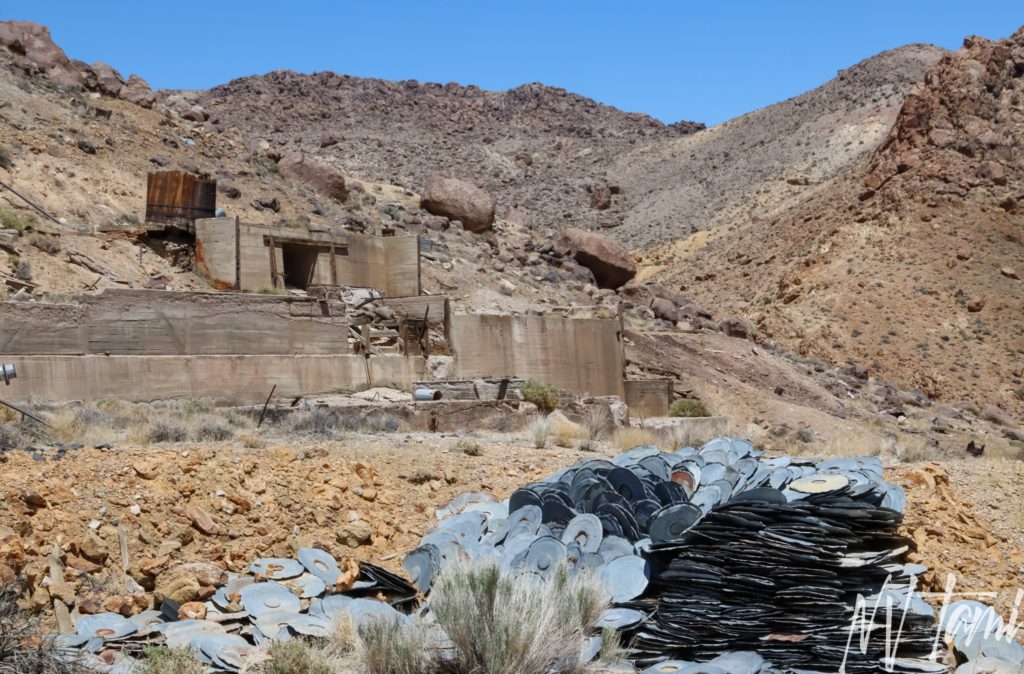
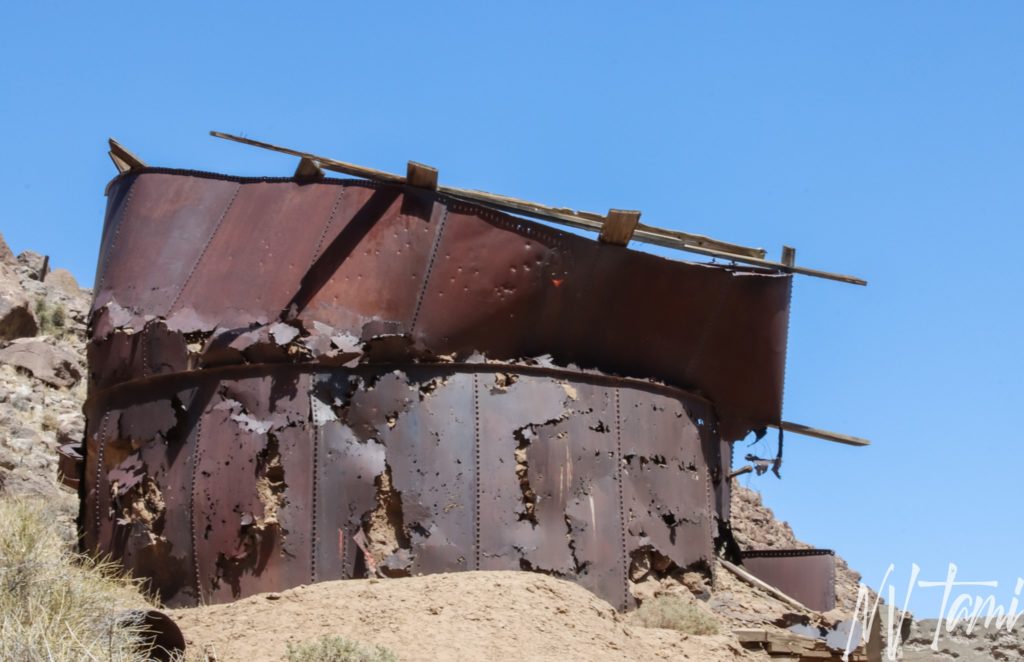

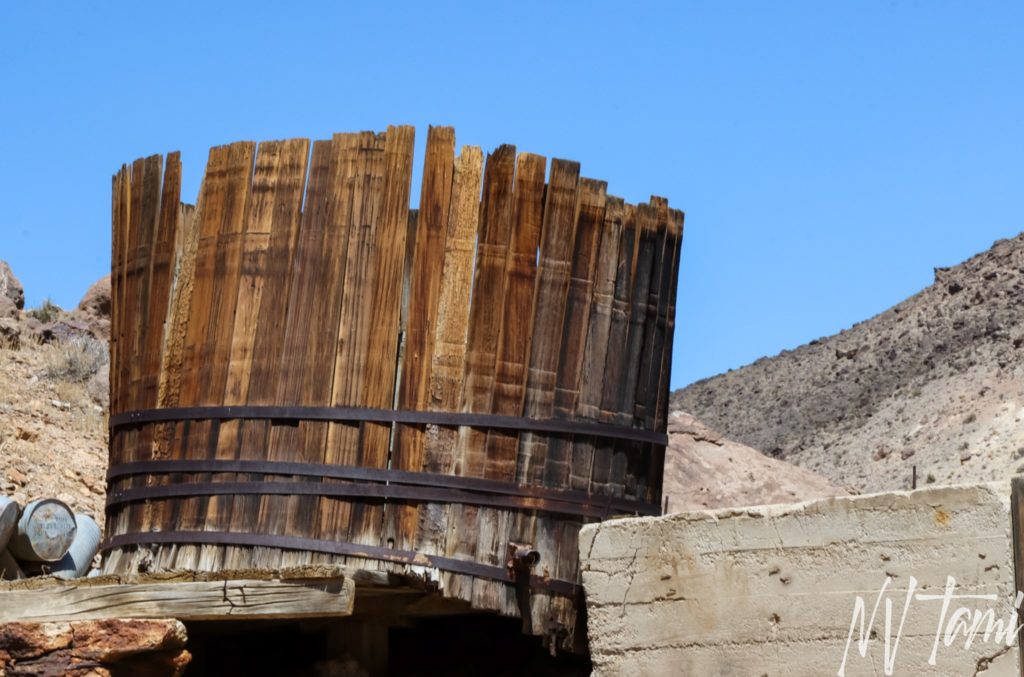
Trestle
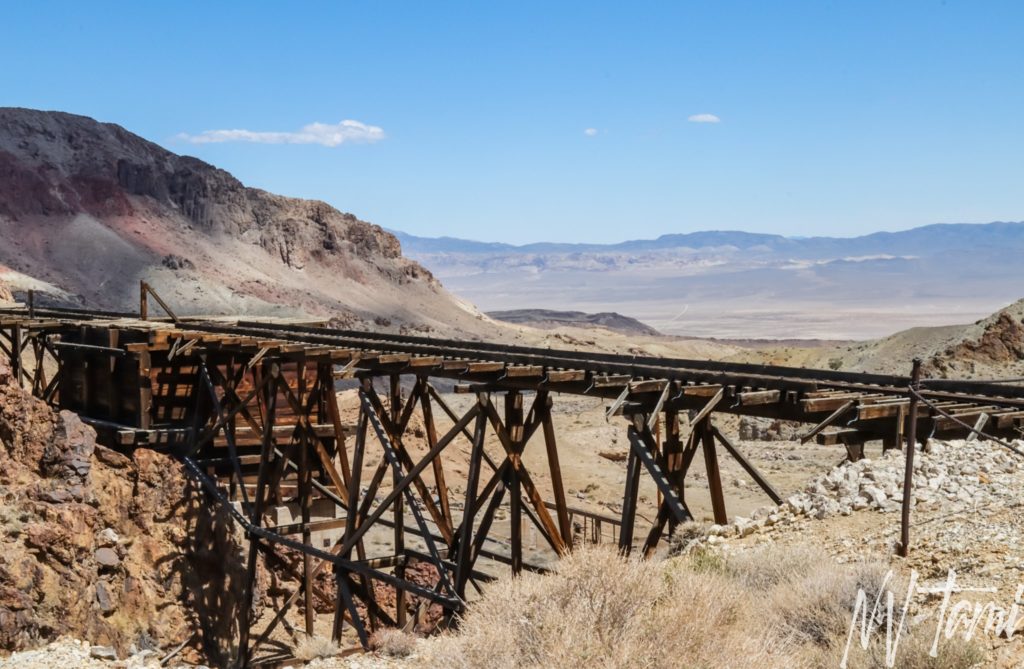
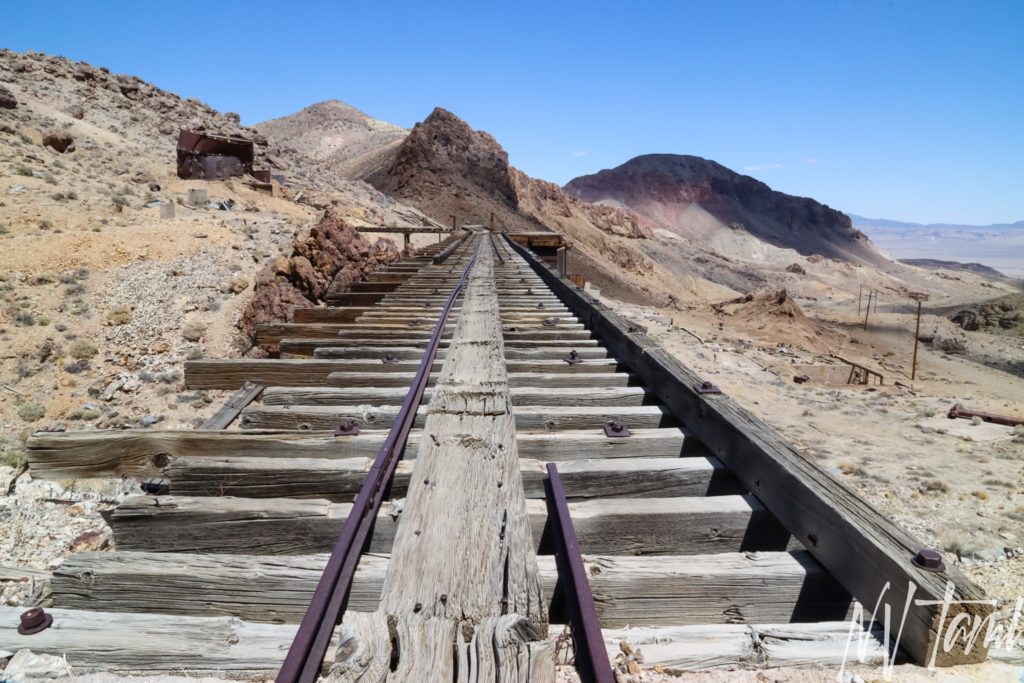
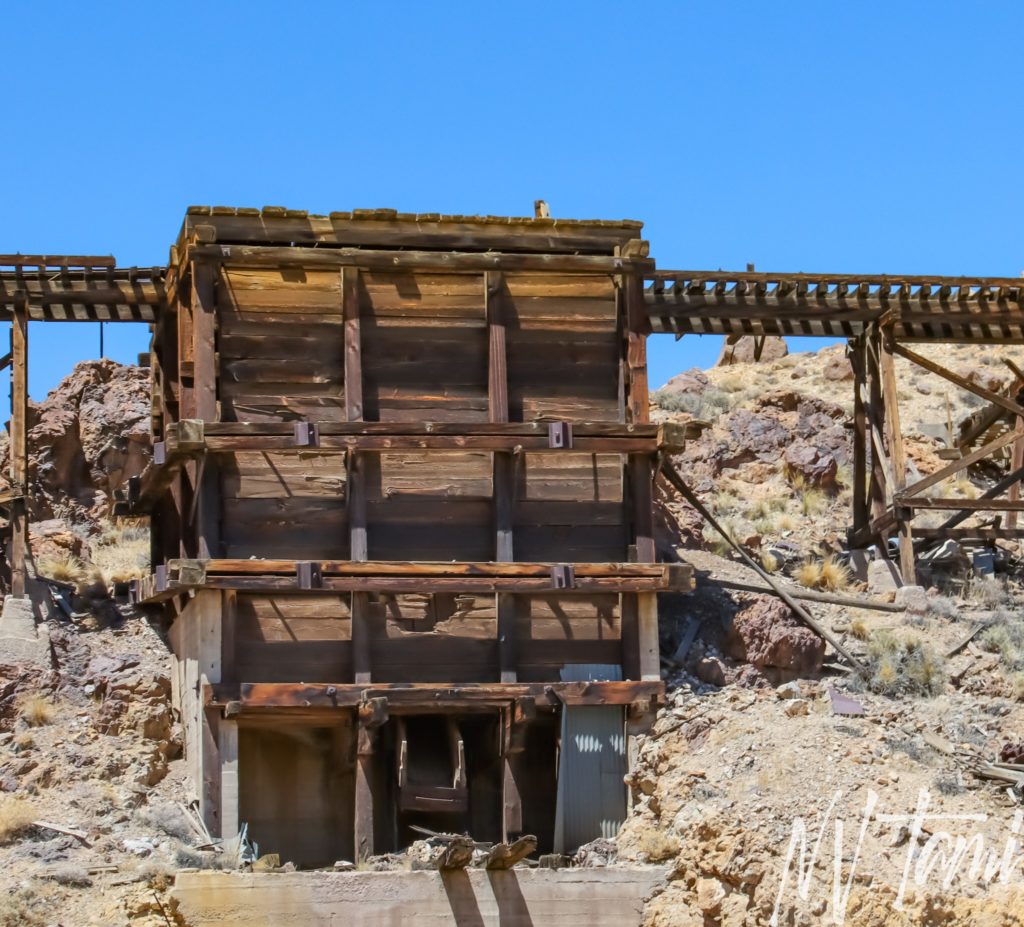
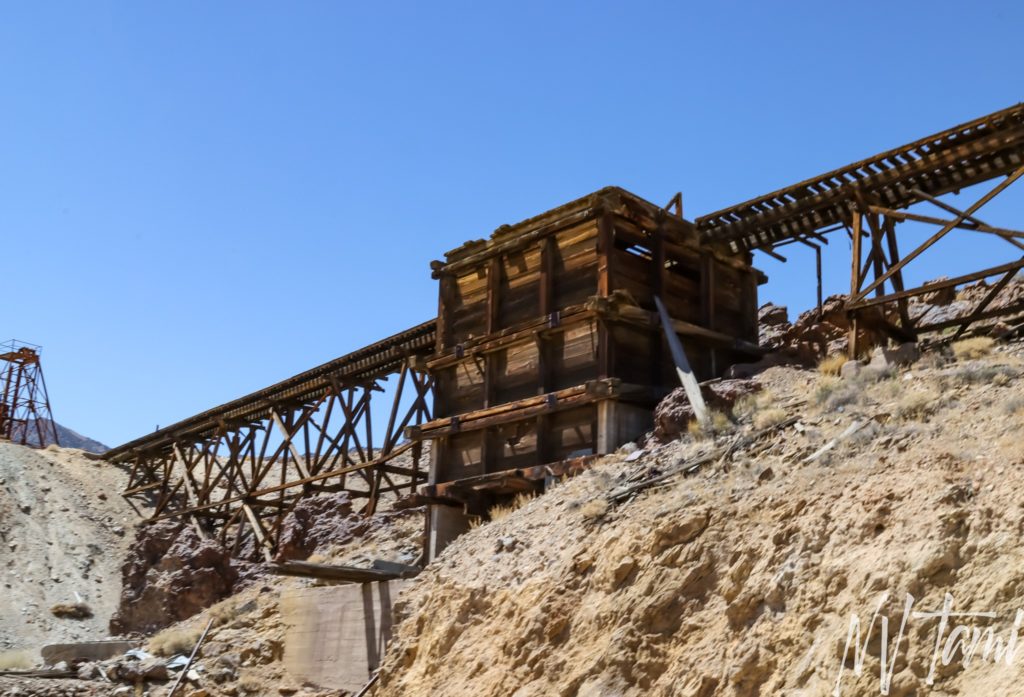
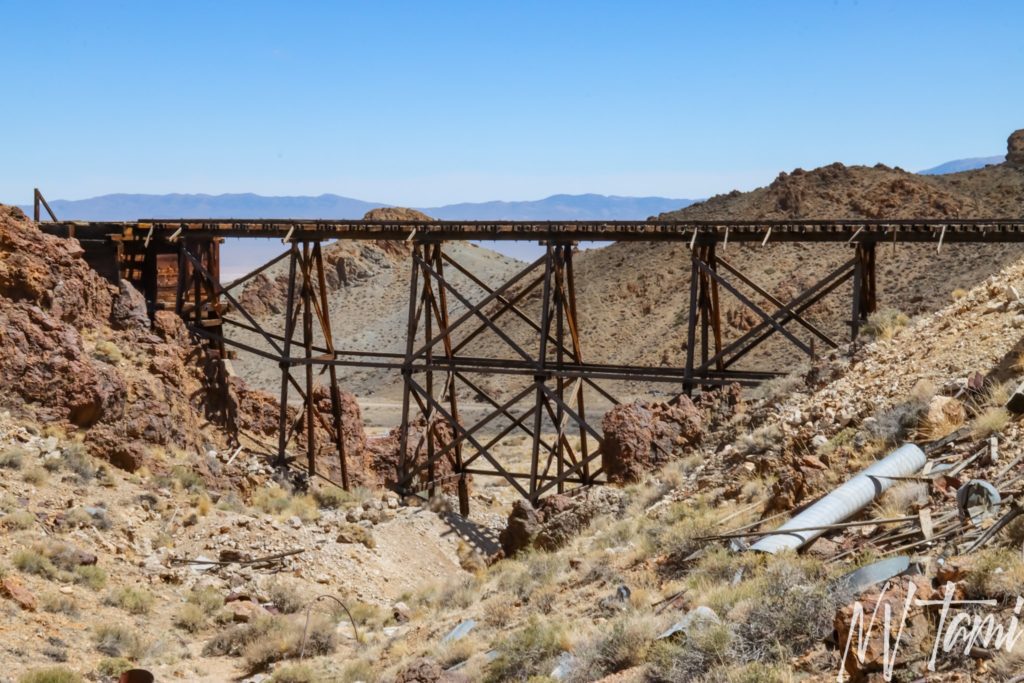

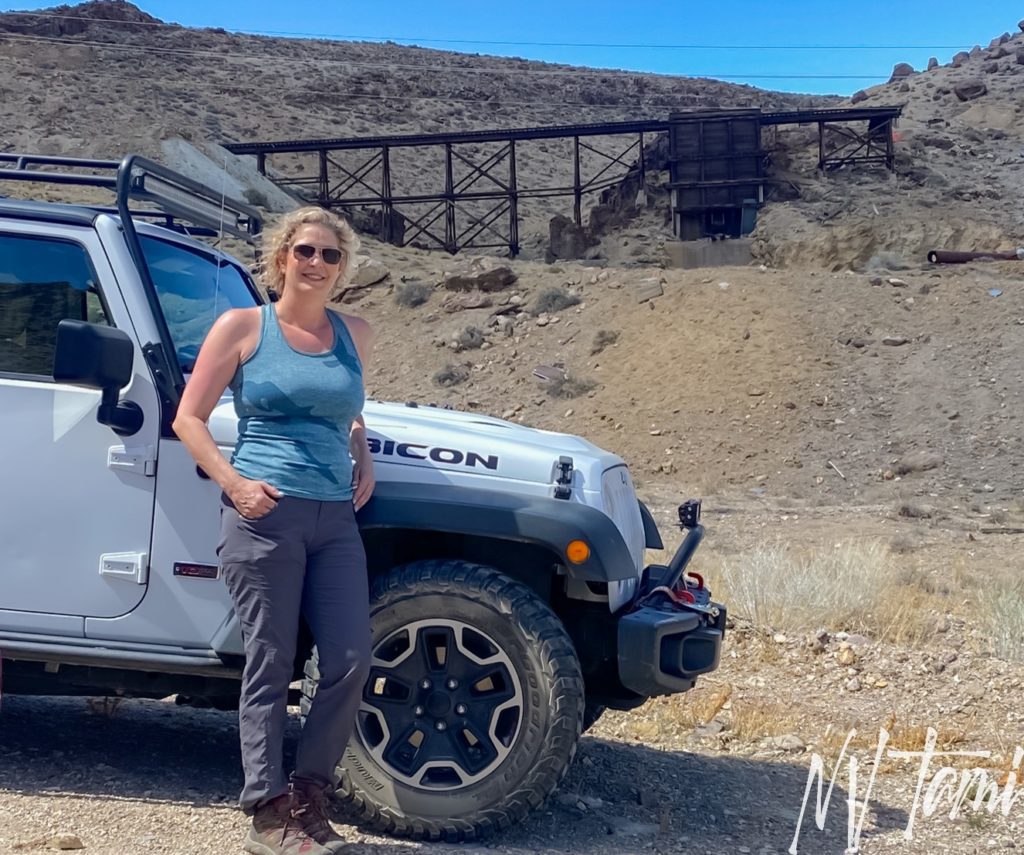
We stayed in Tonopah at the Mizaph as we explored the area. On our Silver Peak Range day we visited Nivloc, Silver Peak, Blair, Coyote Peak, and Alkali Spring.
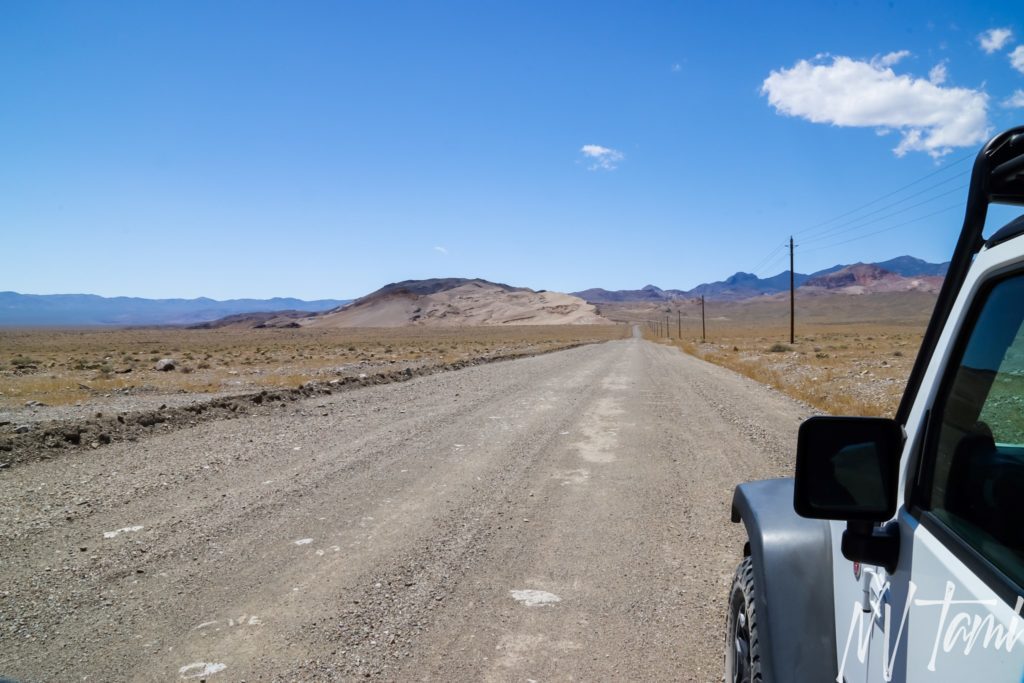
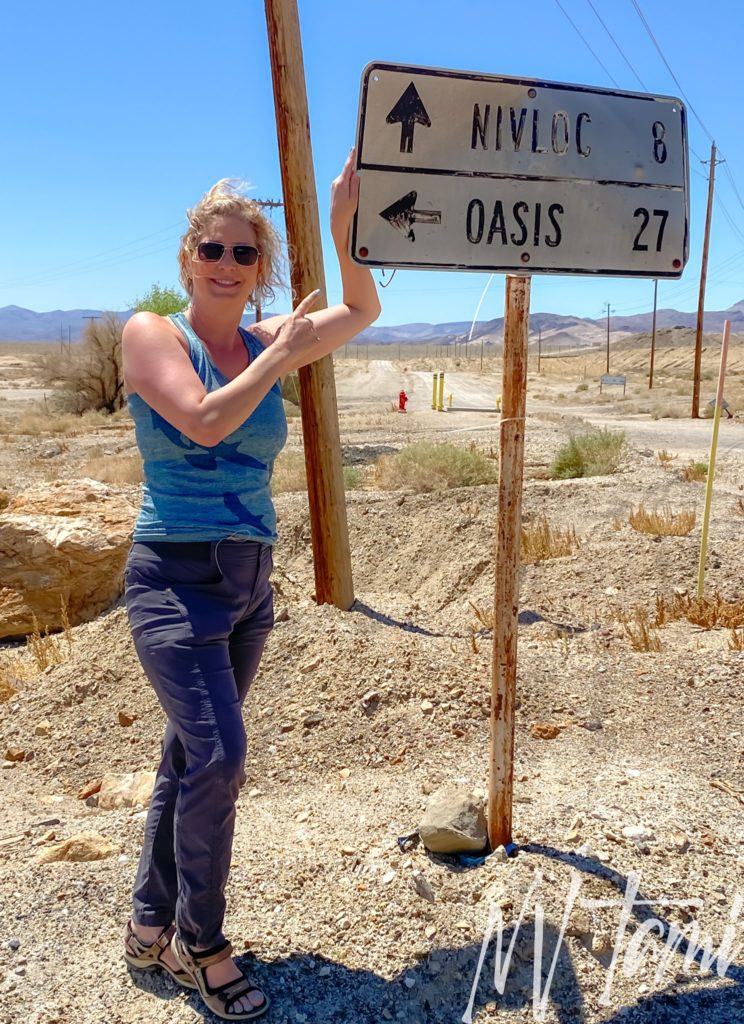

Visited 5-1-2021
Want more ghost towns?
For information on more than three hundred ghost towns in Nevada, visit the Nevada Ghost Towns Map or a list of Nevada ghost towns.
References
- Ball, S.H. Mines of Silver Peak Range, Kawich Ranch and Southern Districts. Nevada Publications. Pages
- Carlson, Helen S. Nevada Place Names: A Geographical Dictionary. University of Nevada Press, 1974. Page178.
- Diggins: Nivloc Silver Mine
- Gamett, James and Stan Paher. Nevada Post Offices: An Illustrated History. Nevada Publications, 1863. Page 98.
- Lincoln, Francis Church. Mining Districts and Mineral Resources of Nevada. Stanley Paher, 1982. Pages 81-83.
- Paher, Stanley. Nevada Ghost Towns and Mining Camps. Nevada Publications, 1970. Page 424-425.
- Paher, Stanley. Nevada Ghost Towns and Desert Atlas. Nevada Publications, 2009. Page
- The Trek Planner: Nivloc Mine and Trestle Bridge: Western Nevada
- Western Mining History: Nivloc Mine
- Wikipedia: Silver Peak

Linda says
It’s so hard to believe that a trestle back then could be engineered to sustain those heavy locomotives of the day. The trestle looks like it’s made from all wood. Was there any steel support beams in it?
Tami says
Some sites say this was for the railroad, but I think it was for ore carts. Still heavy but nowhere near what a loaded ore cart would weigh.
Roger Peterson says
Excellent pictures! I’m jealous!
Tami says
Thank you, it is am amazing site.